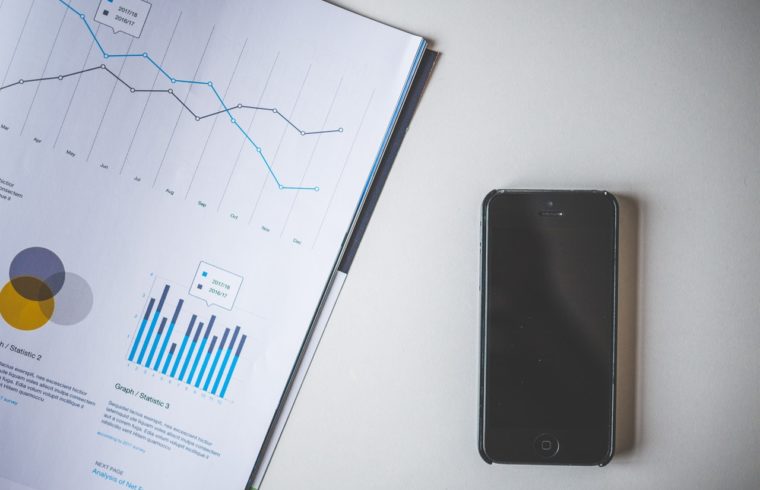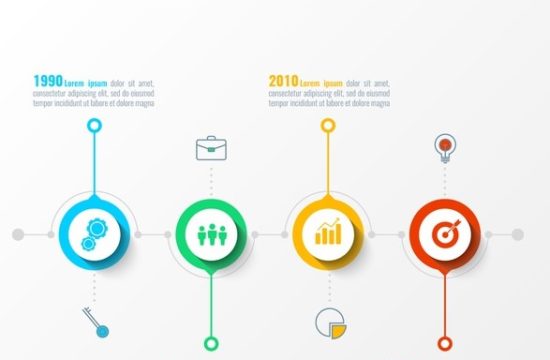In market research, there are often used terms: primary data and secondary data when gathering and analyzing information. The difference between the two terms is on how the data is collected and used. Basically, primary data and secondary data are also used for the academic purpose with different context but the same core meaning.
However, this time we will focus more on the terms based on how they are used for the market research purpose.
What is Primary Data?
Primary data is the original information or details collected from first-hand research. In other words, it’s collected by the researcher himself. For example, you as a market researcher collects data through surveys which the questions are arranged and composed by yourself.
As it is all done by you, it is based on your precise needs and usually takes more times and costly to execute. However, it tends to give you an in-depth understanding of your objectives and your target audience.
What is Secondary Data?
Unlike primary data, the information is not collected by the researcher himself, but other researchers or available sources, such as marketing research firms, government agencies, trade associations, or even the internet. As it is already available, thus, it’s less time-consuming and costly. However, sometimes it can be quite costly, especially when you get or buy it from market research firms.
How to Collect Primary Data and Secondary Data
When conducting research, you need to consider what type of data to use, either primary or secondary data, and determine whether it is quantitative or qualitative. If you decide on collecting it directly (primary data), there are some methods you can use, including in-depth interviews, surveys, focus groups, social media monitoring. These are the very common methods used to collect primary data.
Meanwhile, if you use secondary data, you can gather information from public sources, such as government statistics, industry associations, trade publications, company websites, market research reports, and other public sources. Some of these data are costly and some of them can be totally free to collect.
Source of Primary Data and Secondary Data
When collecting primary data for market research purposes, there are many sources you can collect, including:
- Consumers
- Retailers
- Wholesalers
- Agents
- Suppliers
- Employees
- Salesmen
- Professional experts
- Competitors
- Trade associations
- Business firms
- Relevant service providers
On the other hands, secondary data provides more available sources and easy to get that you can take benefit from, including:
- The internal source like customers’ complaint notes; salesmen’s reports; sales orders; company’s past research work, etc.
- The internet
- Government reports
- Advertising agencies
- Advertising media like newspapers, magazines, television, radio, etc.
- Universities or colleges
- Commercials
- General libraries
- Marketing research firms and consultants
- Trade fairs and exhibitions
- Consumer rating agencies, etc.
Like any other research, primary data and secondary data are important when conducting in-depth market research. Whether conducting primary research or using secondary data, it depends on many factors, including budget, the skills of researchers, available research, and time. Based on these factors, researchers can decide on using only one of them or even both.












